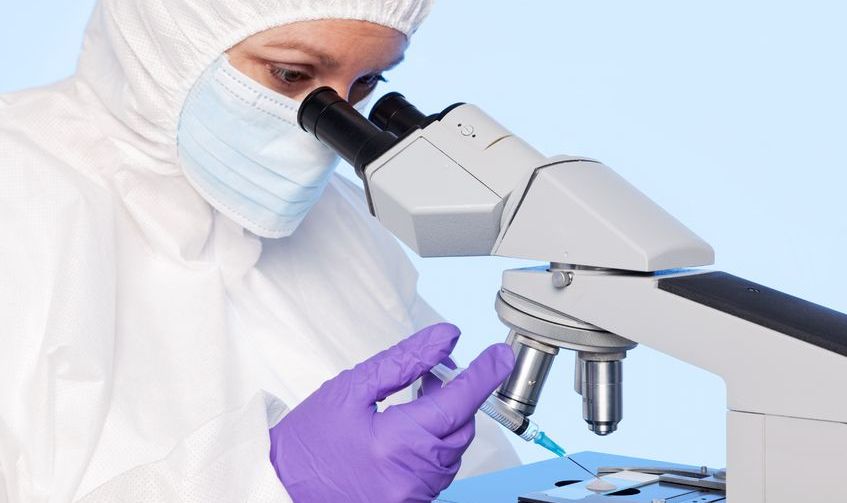The first successful embryo transfer procedure took place more than 25 years ago, but to-date, millions of children have been born as a result of the embryo transfer process. The embryo transfer process improves a woman’s chances of getting pregnant, but success is not guaranteed. A couple or individual has to complete the In Vitro Fertilization (IVF) process before they can continue on to the embryo transfer step. An embryo transfer also occurs when you have a frozen embryo transfer cycle/
The Embryo Transfer Process
Most couples and individuals believe this step is less difficult than the IVF process. During IVF, women undergo many surgical procedures and take various medical treatments before they can begin the embryo transfer. The egg will be inseminated with sperm, and the doctors will wait to see if the fertilization procedure was successful. Once the egg has been fertilized, the embryo transfer process will begin.
During the embryo transfer, the eggs are implanted into the woman’s uterus with a catheter. Doctors place the embryos in fluid – typically a small amount of fluid – inside the catheter. The embryo and eggs are then passed through the cervix, where they will reach the uterus. During the embryo transfer process, no anesthesia is required. Some specialists compare this process to a pap smear.
When Does The Embryo Transfer Process Begin
The time in which the embryo transfer process begins varies by the fertility specialist. Once the egg has been fertilized, most specialists will schedule the embryo transfer within the next six days. Some doctors will implant the fertilized egg on the second or fourth day, but more and more clinics are waiting until the third or fifth day to conduct the procedure. The cell-stage typically determines when the specialists will implant the egg into a woman’s uterus. Most clinics want the egg to be transferred when it is within the two to eight cell-stage.
Embryo Transfer Limitations
Although there are no limits for the number of IVF cycles a woman can undergo, there are limits to how many embryos can be transferred at a time. In the United States, a woman can transfer as many embryos as she would like, but that is not the case for all countries. The UK and Australia limit a woman to two embryo transfers at a time. Even though there are embryo transfer laws in Australia, our country has one of the highest IVF success rates. Transferring a large number of embryos could lead to multiple pregnancies, which is why some countries put a limit on the number of embryos that can be transferred.
After the embryos have been successfully implanted in a woman’s uterus, she is done. The couple will have to wait to find out if the procedure was successful. Women can typically take a pregnancy test 11 to 14 days after the embryos were transferred.
If the cycle failed, a couple should not lose hope. Many embryo transfers do not result in pregnancy on the first try. For this reason, couples should consult with a fertility specialist, discuss any treatments that can improve their success rates, and try the IVF and embryo transfer process again.
You can read a more detailed account of the IVF procedure step-by-step, or contact us for more information.

